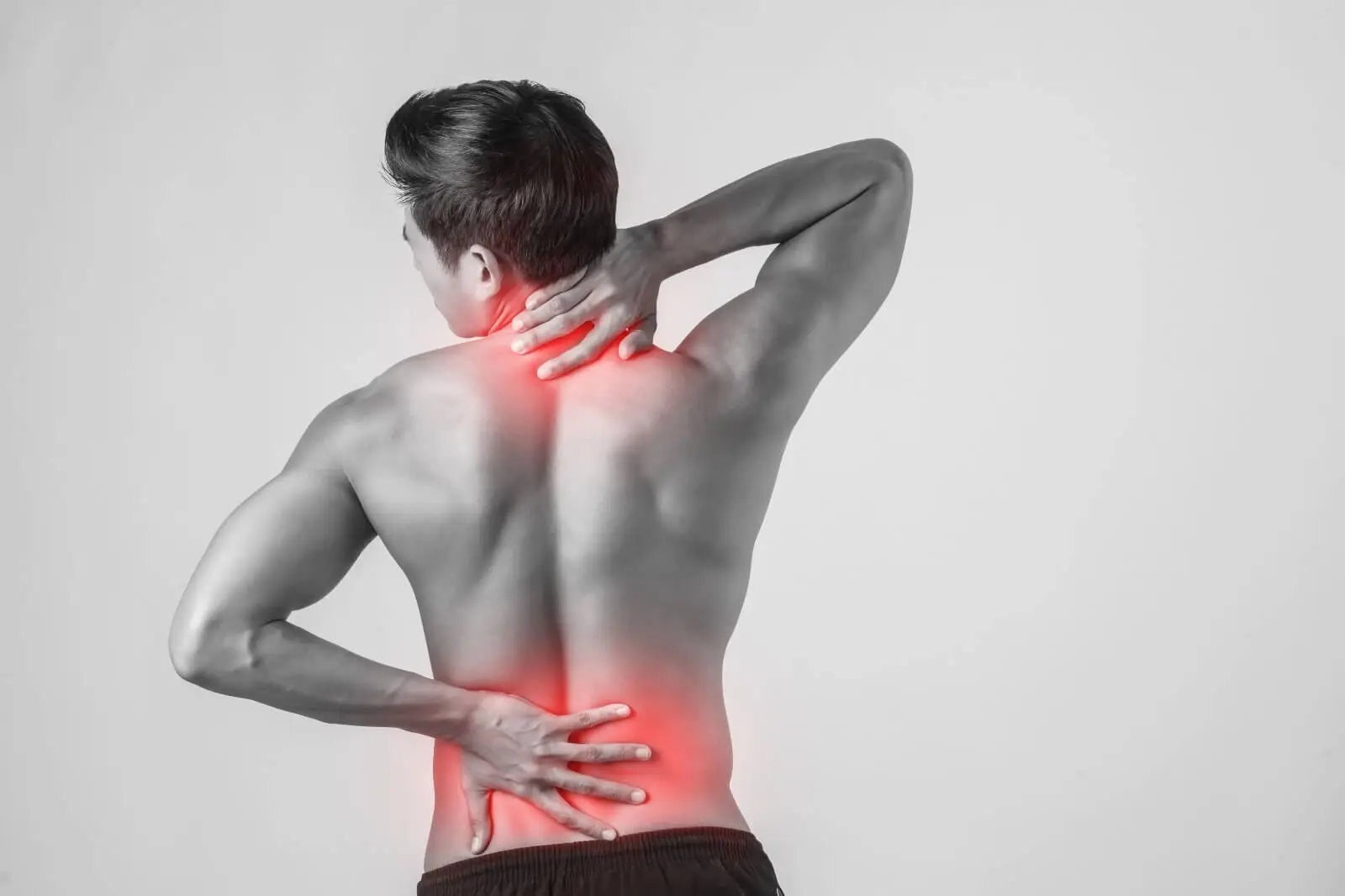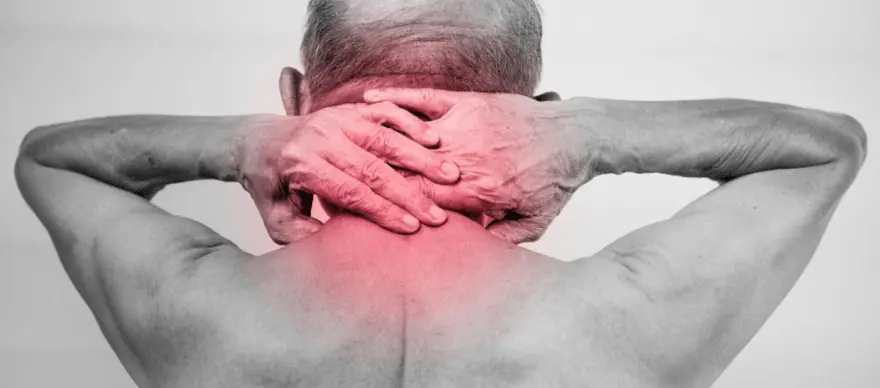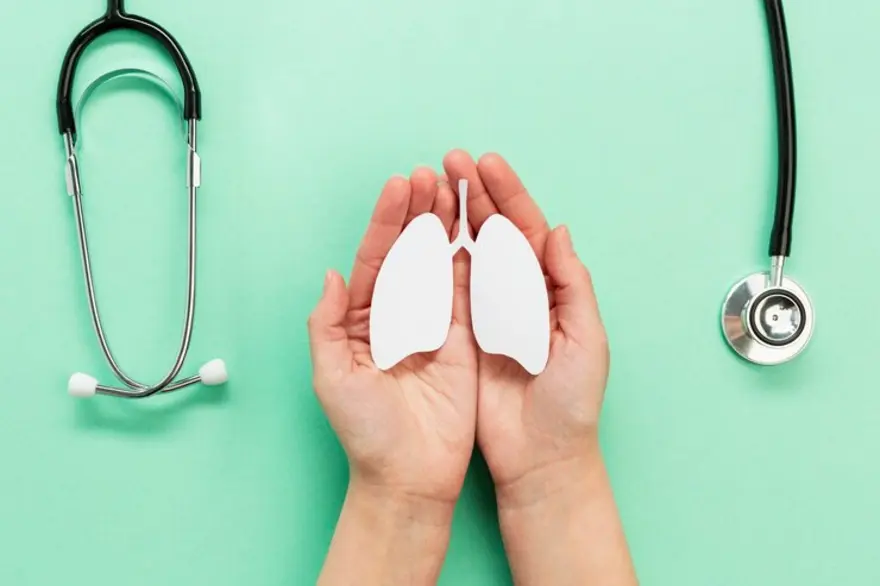myositis symptoms
Myositis: Understanding, Types, Symptoms, Diagnosis, Treatment, Prevention, and More
Myositis is a rare autoimmune disorder that triggers muscle inflammation, weakness, and damage as the immune system mistakenly attacks muscle tissues. Understanding its types, symptoms, diagnosis, treatment, and preventive strategies is essential. What is Myositis? Myositis is a medical condition characterized by chronic inflammation of the muscles. It is a rare and complex group of disorders in which the body's immune system mistakenly attacks the muscles, leading to muscle weakness, pain, and sometimes disability. Myositis can affect individuals of all ages and can manifest in various forms, each with its unique characteristics. What are the Types of Myositis? Myositis comes in various types, each with its unique features: Polymyositis Polymyositis primarily affects skeletal muscles, leading to muscle weakness, pain, and fatigue. It is characterized by inflammation in multiple muscle groups. This condition often causes gradual muscle weakness and can affect various parts of the body, including the hips, thighs, shoulders, and neck. Dermatomyositis Dermatomyositis is characterized by muscle weakness and distinctive skin rashes. It often affects the muscles closest to the trunk of the body, such as those in the shoulders and hips. Skin rashes are a prominent feature, and they may appear on the face, chest, and other areas of the body. This type of myositis can impact both adults and children Inclusion Body Myositis Inclusion body myositis is a less common type that typically occurs in older adults. It results in muscle weakness and atrophy, particularly in the hands and legs. The muscle weakness in inclusion body myositis is progressive and often leads to significant disability over time. Unlike the other types, it may not respond well to standard treatments. What are the Symptoms of Myositis? Muscle Weakness: It affects various muscle groups and makes everyday activities challenging. Muscle Pain: It can cause mild to severe muscle pain. This pain can persist and significantly impact one's quality of life. Muscle Stiffness: It can make moving and performing regular activities difficult. It frequently accompanies muscle weakness. Skin Rashes: Dermatomyositis is associated with skin rashes, which can vary in appearance and severity, serving as valuable diagnostic indicators. Joint Pain: Some individuals with myositis may also experience joint pain, which can sometimes be mistaken for other conditions like arthritis. Fatigue: Muscle weakness and pain often results in fatigue, which can hinder daily functioning. What Causes Myositis? Inflammatory Autoimmune Response: The body's immune system mistakenly attacks its own muscle tissues. This can lead to chronic inflammation in the muscles. Polymyositis and dermatomyositis are examples of autoimmune myositis. Infections: Viral or bacterial infections can lead to muscle inflammation as a secondary effect. Medication Side Effects: Certain medications or drugs can have myositis as a side effect. Drug-induced myositis occurs when medications trigger muscle inflammation. Trauma or Injury: Physical trauma or injury to the muscles can result in myositis. This type of myositis is treated differently. Cancer: In some cases, myositis can be associated with underlying malignancies. Cancer can trigger an autoimmune reaction leading to muscle inflammation. Other Causes: Genetic predisposition, although these are less common. How is Myositis Diagnosed? Medical History: Your doctor will ask about your symptoms when they started, and if anyone in your family has had similar issues. Physical Examination: The doctor will check your body for signs like weak muscles, stiffness, or skin rashes that could point to myositis. Blood Tests: Blood tests can reveal markers of inflammation and specific antibodies linked to myositis. High levels of certain enzymes, such as creatine kinase, may show that your muscles are damaged. Imaging Tests: Your doctor might suggest imaging tests like an MRI to see if your muscles are inflamed or damaged. Sometimes, they might need to run a muscle biopsy. Electromyography (EMG): This test checks the electrical activity in your muscles and can help diagnose muscle problems like myositis. How is Myositis Treated? Myositis treatment usually involves a combination of approaches, including: Medication: The primary treatment often involves medication to suppress the immune system's response. Common drugs include corticosteroids like prednisone. In more severe or stubborn cases, immunosuppressive drugs like methotrexate, azathioprine, or mycophenolate may be prescribed. Physical Therapy: A physical therapist can create a personalised exercise program to help manage symptoms and prevent muscle atrophy. Lifestyle Changes: Modifying your lifestyle can make living with myositis more manageable. This includes energy-saving techniques and using assistive devices to help with daily activities. Symptom Management: Pain and fatigue can be managed with over-the-counter pain relievers, heat therapy, and rest. Monitoring and Follow-up: Regular check-ups with your healthcare provider are vital to monitor the disease's progress and adjust treatment as needed. How Can I Prevent Myositis? While there's no guaranteed way to prevent myositis, you can take some healthy steps to look after your muscles and lower the chances of autoimmune problems: Regular Exercise: Doing regular physical activities can help keep your muscles strong and flexible. You can talk to a doctor or physical therapist to create a workout plan that suits you. Balanced Diet: Eating good, nutritious foods with lots of fruits, veggies, and lean proteins can keep you healthy overall and might help your immune system. Stress Management: High, long-lasting stress can make autoimmune issues worse. So, it's a good idea to find ways to relax, like meditation, yoga, or relaxation exercises. Avoiding Things That Might Trigger Problems: Although we're not sure what exactly causes myositis, it's a good idea to stay away from things like toxins and infections that might make it more likely to happen. What Can I Expect if I Have Myositis? Living with myositis can be tough, but it's possible to have a good life with it. Here's what you can expect: Handling Symptoms: Myositis symptoms can change over time. Some days, you might feel better, while other times, your symptoms might come back. Learning how to deal with these changes is an important part of living with myositis. Seeing Your Doctor: It's important to visit your doctor regularly to keep an eye on your condition. They can adjust your treatment if needed. It's also crucial to talk openly with your doctor about how you're feeling. Adjusting Your Life: You might need to make some changes to your daily life to make it easier with myositis. This could mean using special tools, making your home more accessible, and finding ways to save your energy for important tasks. Getting Support: Having a strong support system is valuable. This can include your family, friends, or joining support groups. They can help you both emotionally and practically in managing myositis. Treatment and Medication: Depending on how serious your myositis is, you may need to keep taking medicine and doing physical therapy to help manage it. When Should I See My Healthcare Provider? If you experience persistent muscle weakness, pain, or other concerning symptoms, it's crucial to consult a healthcare provider promptly for evaluation and diagnosis. Early diagnosis and treatment of myositis can help manage the condition more effectively and improve your quality of life. What Questions Should I Ask My Doctor? When discussing myositis with your doctor, it's essential to be proactive and ask questions that will help you understand your condition and treatment options. Some questions to consider include: What type of myositis do I have, and what are the expected symptoms and progression? What are the treatment options available for my condition, and what are their potential side effects? Can you recommend a physical therapist or rehabilitation program to help manage my muscle weakness? Are there any lifestyle modifications or assistive devices that can make daily activities easier for me? How often should I schedule follow-up appointments, and what should I watch for in terms of symptom changes or complications? Are there any clinical trials or experimental treatments for myositis that I should be aware of? What is the expected myositis treatment cost and does health insurance cover it? Conclusion Myositis presents unique challenges as a group of rare autoimmune diseases that impact muscle tissue. While a cure remains elusive, early detection and diligent medical care are pivotal for effectively managing this condition. Furthermore, individuals can take proactive steps to bolster their muscle health and potentially reduce the risk of autoimmune disorders by embracing a balanced lifestyle that includes regular exercise and a healthy diet. For accurate and convenient diagnostic services, Metropolis Labs https://www.metropolisindia.com is a trusted chain of diagnostic labs across India. They specialize in blood testing and health check-up services, with qualified technicians who offer at-home blood sample collection. Your reports are accessible online through email and the Metropolis TruHealth app.
Myositis Symptoms and Possible Treatment
The meaning of myositis is very simple. It is a group of conditions causing muscle weakness, pain and inflammation resulting in complete damage. The problem starts gradually but can take varied forms. An unusual rash is sometimes the first sign of this condition. Sometimes the patients might start falling or tripping more frequently. Most often, patients misunderstand myositis symptoms as signs of old age. But the condition is real and can even become serious if not taken care of. Significant causes of myositis include injury, infection, drug side effects and autoimmune conditions. The treatment for this problem can differ as per the cause. Myositis Types and Symptoms The different types of myositis include: Dermatomyositis - affects women and children. Is associated with rash. Polymyositis - affects women between 30-60 years most often Necrotizing Myopathy Juvenile Myositis Sporadic Inclusion Body Myositis (IBM) You need to know more about Sporadic inclusion body myositis symptoms as it is the most common form of myositis found in people above 50 years of age. Major symptoms of this myositis type include difficulty climbing stairs or walking. Muscle weakness and inflammation are the main symptoms of myositis. This weakness might be noticeable, or you can find it only through testing. Myalgias or muscle pain may or may not be present. Polymyositis, Dermatomyositis and other inflammatory myositis cases cause muscle weakness that worsens over time. Muscle weakness generally affects large muscle groups, such as the shoulders, neck, back and hips, and muscles on both sides are usually affected. Muscle weakness from the condition can result in falls and also make it difficult for patients to get up after a fall or from a chair. Other common signs of this inflammatory condition are: Fatigue Rash- In dermatomyositis Difficulty swallowing - In IBM Thickening of the skin on the hands Pain in the muscles People with myositis caused due to a virus can have the signs of viral infection, like fever, runny nose, sore throat, diarrhoea, nausea and cough. However, the signs of viral infection usually go away days or even weeks before the signs of myositis begin. Myositis Diagnosis Metropolis Healthcare Ltd. offers an immunoblot test to diagnose the disease. Test can detect up to sixteen different types of auto-antibodies which are responsible for the condition. Myositis Treatment Myositis treatment can vary as per the cause of the condition. However, basic treatment for the condition includes a blend of exercise and drugs. Medicines are the first choice of treatment for the condition. High doses of steroids are administered in the beginning. These are given as injections or tablets, and they help reduce inflammation and muscle pain along with the feeling of being unwell. Inflammatory conditions that cause myositis are treated with medicines that suppress the immune system. These include: Azathioprine (Imuran) Prednisone Methotrexate There is no specific treatment for myositis caused due to a viral infection. Myositis caused by the drug is treated by stopping the drug. People suffering from myositis due to statin drugs usually experience muscle inflammation that subsides within just a few weeks of stopping the drugs. Most of the time, the medicines mentioned above are unable to treat myositis leading to more severe cases that require the use of treatments like: Immunoglobulins Immunoglobulins are the antibodies collected through blood donations offered by healthy individuals. These can stop the immune system from attacking the tissues in the body. It is offered in a hospital setting and is even repeated if required. It is likely for people to feel a bit unwell during this treatment. Biological therapy Biological therapies treat myositis by blocking targets in the immune system that lead to inflammation. Even the most serious cases of myositis respond to proper treatment, but patients might require life-long medicines to keep the condition in control. Physiotherapy and Exercise Rest is vital in an active myositis condition. And once the problem is better, exercise regularly to improve its symptoms and overall health. Essentially, aerobic exercises that make the heart beat faster and a person breathe more heavily are crucial to improve stamina and regain muscle strength. Do such exercises under a physiotherapist’s supervision who usually offers tailored programs as per the requirement of the patients. Myositis patients should never engage in strenuous exercises. Kids with juvenile Dermatomyositis require more energetic physiotherapy to permanently avoid bending knees and other joints. Myositis patients can recover properly, but not all can recover completely. Even for the ones who make a good recovery, it might take several months to see the improvement. That’s because treatment takes time to help the body repair the damaged muscles, resulting in tiredness among the patients. The key is to continue exercises, which can help with different aspects of myositis. The Bottom Line So, this is all about myositis symptoms and treatment. Myositis can present itself in varied forms affecting the entire body, not just the muscles. Therefore, proper diagnosis of the condition is not always possible. However, an all-inclusive assessment can make it easier to treat myositis patients. Besides that, you can opt for Myositis Profile-IgG Test to detect the particular autoantibodies for identifying myositis.
 Home Visit
Home Visit Upload
Upload
















 WhatsApp
WhatsApp